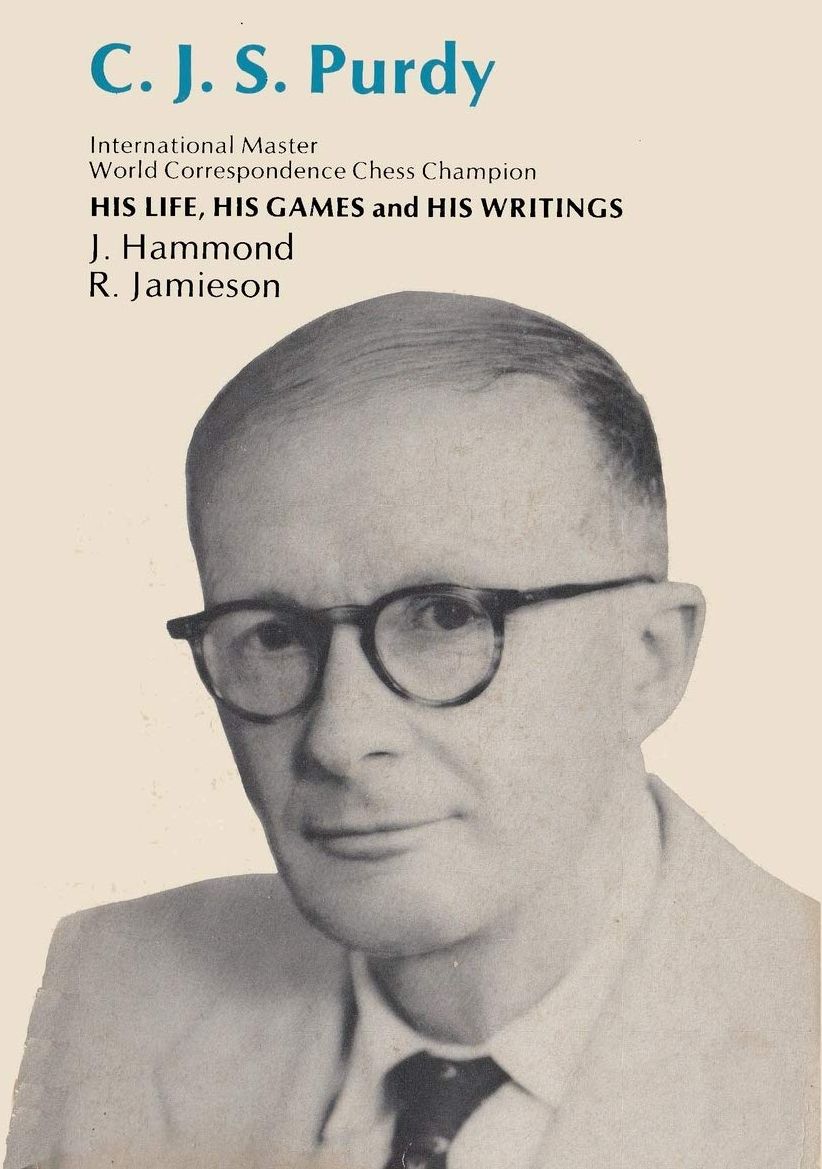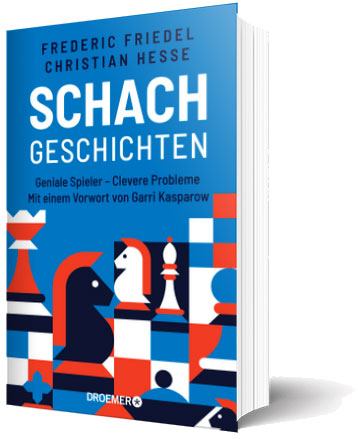Death by Chess
By Prof. Christian Hesse and Frederic Friedel
In Agatha Christies thriller A Chess Problem, published in 1927, a chess master dies due to a sudden heart attack in the middle of a chess game. It was a fictional book (in which Capablanca, Lasker and Rubinstein are mentioned), but there are examples in real life.
In 1933 Geza Maroczy, one of the strongest players a hundred years ago, was present when Adolf Olland (1867-1933), a chess master of the Netherlands, died through a similar fate during a tournament game. Maroczy later remarked that he, too, would like to die like this: “That's the best kind of death for a chess master”.
Over the years, there have been numerous other examples – though there aren't so many documented cases of chess grandmasters literally dying in the middle of a game. However, here are some who died during chess tournaments from heart attacks:

Death by chess: Vladimir Bagirow, Gideon Ståhlberg, Vladimir Simagin, Adolf Olland
- Russian grandmaster Vladimir Bagirow (1936-2000): died while playing a tournament in Finland. He was in the lead with three straight wins. In round four he had an extra pawn, but after a time scramble he suffered a heart attack, and died the next day.
- Swedish grandmaster Gideon Ståhlberg (1908-1967): died of a heart attack during the 1967 Leningrad International Chess Tournament. Ståhlberg came to fame when he won matches against Rudolf Spielmann and Aron Nimzowitsch in 1933 and 1934 respectively, and came third (after Alekhine) in Dresden 1936, and second (after Fine) in Stockholm 1937. In 1938 he drew a match against Keres.
- Russian grandmaster Vladimir Simagin (1919-1968): died of a heart attack while playing in a chess tournament in Kislovodsk, Russia. He was three times Moscow Champion (1947, 1956, and 1959), helped to train Vasily Smyslov in the World Championship, and made many significant contributions to chess openings.
- Dutch chess master Adolf Olland (1867-1933): died of a heart attack while playing in the 1933 Dutch chess championship. Born in Utrecht, Olland was a medical doctor, and the leading Dutch chess master in the time before Max Euwe.
There seem to be two standard situations of people dying a chess related death. The first one is due to a heart attack or stroke, often caused by the tension of a game of chess being played. Here are some examples:
- Johann Zukertort (1842-1888) died of a stroke while he was playing chess at the London coffee house Simpson's.
-
- Aivars Gipslis (1937-2000) died of a stroke while playing a game of chess in a chess club in Berlin.
- Efim Bogoljubow (1889-1951) died of a heart attack just after finishing a simul.
- Victor Ciocaltea (1932-1983) died of cerebral apoplexy while playing a chess game in a tournament in Spain.

- Alexander Alekhine (1892-1946) was found dead by a chambermaid in his hotel room in Estoril, Portugal, with a peg chess set on the table. Probable cause of death: choking and asphyxiation over a piece of meat.
The second standard situation arises from deadly violence connected to a game of chess just played. Here are some examples:
- Martin Wirth shot Vernie Cox in 1994 in Fort Collins after they argued over a chess game.
- In 1960, sailor Michael George lost a chess game and a spectator criticized one of the sailor's moves. The sailor killed the onlooker with a beer bottle.
- in 1915 Ajeeb, a chess automaton with a hidden chess player inside (Sam Gonotsky) was playing at Coney Island. A visitor lost to the “automaton” and got so angry that he shot at the machine and killed the hidden Sam Gonotsky.
For more people who died a chess related deaths see Bill Wall's Deaths of Chessplayers from which the above examples are summarized. There you will find a large number of further players who died while engaged in chess activities.
 Perhaps the most notable example of a direct chess death is that of Cecil Purdy, the first World Champion in Correspondence Chess.
Perhaps the most notable example of a direct chess death is that of Cecil Purdy, the first World Champion in Correspondence Chess.
On November 6, 1979, during a regular chess game in the Australia Championship in Sydney, Purdy suffered a massive heart attack. He was rushed to a hospital and people informed his son, who managed to get to the hospital while his father was still alive but in very bad condition. When Cecil Purdy recognized his son, he gave the impression that with his last breath he wanted to say something to him. So his son lowered his ear towards his father's mouth.
Let us pause in this situation for a moment. There are many words that he could have said, for example: "I have tried to be a good father. But I don’t know if I succeeded." Or perhaps: "You have to take care of the family now. I won't be able to do it any more."
What did Cecil Purdy say? With the little energy remaining, he uttered these last words with his last breath before he died: “I have a win, but it will take some time.” For us, this is one of the prime examples of the immense passion one can have for chess.
After having talked about all these chess-induced death one might wonder whether chess is in fact a healthy or a risky game?
The answer is not easy, as we will see. In part two we will try to statistically quantify the risk of playing chess, using a unit developed by Ronald Howard in the 1970s: the micromort. Micro stands for one millionth, and mort is the French word for death. So one micromort is statistically one millionth of a chance of dying. If a million people are exposed to a risk of this magnitude, then on the average one of them will die.
One micromort is the risk of a 25-year-old male in Central Europe of getting up in the morning and not surviving the day, for whatever reason. It happens to one in a million 25-year-olds. At 90, you are facing 500 micromort and at age 100, you have 1500 micromort against you every day. The risk of running a marathon is eight micromort, climbing Matterhorn 2840 micromort, attempting to scale Mount Everest: 38.000 micromort.
So what is the risk of playing a game of chess? And does chess in general detract or add to your life expectancy? Stay tuned for a statistical analysis of these questions in part two.

Schachgeschichten – Chess Stories
This book was published in October 2022. It consists of alternating chapters, with Prof. Christian Hesse writing, in his entertaining style, about mathematical aspects of the Royal Game, and Frederic Friedel writing about his encounters with World Champions, of whom he got to know and befriended around a dozen.
The book has been published in German and is endorsed by five world champions (Garry Kasparov wrote the foreword).
If you speak German you can read the first 30 pages here.
The book is available from Amazon for €20. Plans for an English language version are under way.
.jpeg)



















 Perhaps the most notable example of a direct chess death is that of Cecil Purdy, the first World Champion in Correspondence Chess.
Perhaps the most notable example of a direct chess death is that of Cecil Purdy, the first World Champion in Correspondence Chess.





